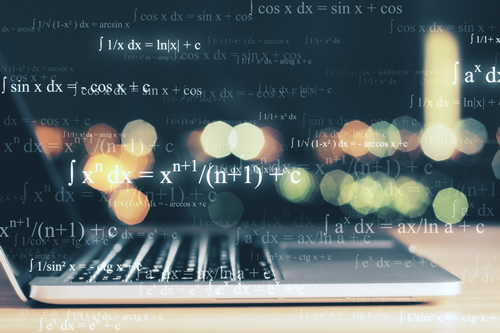When our school closed in the spring, my physics class still had two units left to cover for the school year – waves and electricity. I immediately thought about how I was going to teach remotely when a lot of the lessons are experiments and hands-on activities. I started brainstorming and collaborating with my peers and fellow teachers about ways to successfully teach hands-on physics remotely.
Our school was already using a learning management platform for quizzes, tests, and homework assignments, so we had a good starting point as we shifted to remote learning, yet there were still many lessons to learn.
Related content: STEM education and hands-on learning
Ultimately, from my experience with remote teaching in the spring, there are two things I will be sure to focus on going into the new school year – using helpful technology tools to drive student engagement and keeping as much of a routine as possible during remote learning.
Tools for teaching science remotely
One of the first things I prioritized was getting the right tools to set up my remote classroom. I knew I would not be able to engage students in scientific discovery and hands-on physics with just my laptop. I wanted to find a way to be able to stay on track with the lessons scheduled and also include the same experiments to ensure students were still getting a full understanding of the content. By showing students the experiments via an Epson document camera, they are able to see the experiment in real time.
The ease of use of the technology has helped me feel like I am actively connecting with my students. I can easily toggle back and forth between screens as I am teaching and show close up, clear images of whatever I need to show to the class.
At first, building circuits seemed like a pretty impossible lesson to teach remotely. This is just one of the many hands-on physics demonstrations where it becomes very useful to have a document camera to show close ups of the wires or other important parts of the circuit. I set up a small whiteboard flat on the table and place the circuit on it to help make the wires even more visible. I can also draw the directions showing which way the flow is going on the whiteboard, and students can all see it during our remote classes. Students are able to still see every little detail and focus on the certain concepts I’m teaching.
Keeping a routine
Normally, as students would walk into the class and settle in, the first thing they would see was the agenda for the day up on the board. To help keep some routine in the class, I would write the agenda on my mini whiteboard, place it under the document camera, and have it displayed for when students joined the Zoom class meeting. It was important for me to find different ways to keep parts of students’ routines from when they were in the classroom in their remote schedules.
At the end of the year, students usually do group projects to wrap up all the units they have learned that semester. I was initially unsure how group projects were going to work remotely, but I knew it was important to keep any routine for students as they adjusted to a new learning environment and social distancing. I decided to still do a group project for the end of the year to demonstrate physics terms they learned that year. I created a rubric to give students an understanding of what I was looking for, but students had a lot of freedom with their project. I made sure to receive input from students and to take into consideration their concerns. Ultimately, I asked them to show three concepts from the course in their project, which narrowed the scope down for them. Giving this freedom to my students was especially important because they already had limitations due to this being a remote group project.
We were able to have groups present during Zoom classes, and after I would go into a breakout room with the group to provide immediate feedback. I was able to use my document camera and quickly show them the rubric with my notes and feedback from their presentation. It was great to have the opportunity to give students authentic and immediate feedback.
Moving forward with remote learning
Much of this past school year was trial and error, but I am glad this final group project was a success for my students. Students really showed off their creativity with all of the different ways to present a group project remotely. It makes me optimistic for this school year, not only because of the success of the first presentations, but also because students will have examples to reference moving forward. Student samples are always so helpful to have when students need additional information to make the criteria clearer.
Our school is planning to go remote full-time to start the school year. Going into the new school year, it’s good to know we have already found successful ways to teach and learn. I’m also eager to see the creative ideas teachers and students will come up with as we all continue to adapt to this new learning environment.
- 4 ways to encourage play in education - April 25, 2024
- CoSN IT Leader Spotlight: Lisa Higgins - April 25, 2024
- It’s time to pay student teachers - April 25, 2024

